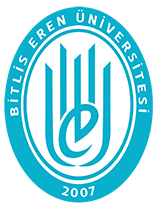UTILIZING DISCRETE EVENT SIMULATION TO OPTIMIZE HEADWAY TIMES IN A LIGHT RAIL TRANSIT SYSTEM
Abstract
Due to recent urbanization and population growth in cities, the passenger transport system is faced with significant congestion and delay problems. In particular, to handle peak-time passenger traffic, railway public transport systems are operated with more frequent trips during the peak hours, and less-frequent train interarrivals are scheduled during off-peak hours to increase the total system utilization. This study proposes a simulation methodology for optimizing the trips of a metro line with variable passenger traffic. A microsimulation model was constructed using the Arena software to create an experimental medium for the optimization phase. The discrete-event simulation concept was utilized for the model building. The passenger flow and train arrival rates were the main input parameters obtained from the passenger origindestination station matrix and train arrival data. The model was coupled with the artificial bee colony algorithm for determining the optimized train time headways. The optimization study resulted in a decrease of 27.5% and 25.5%in the total number of daily train trips for the normal and increased train capacity scenarios under a zero failed boarding policy. The results of the study were also compared with the literature findings which are discussed in detail.
Collections

DSpace@BEU by Bitlis Eren University Institutional Repository is licensed under a Creative Commons Attribution-NonCommercial-NoDerivs 4.0 Unported License..













